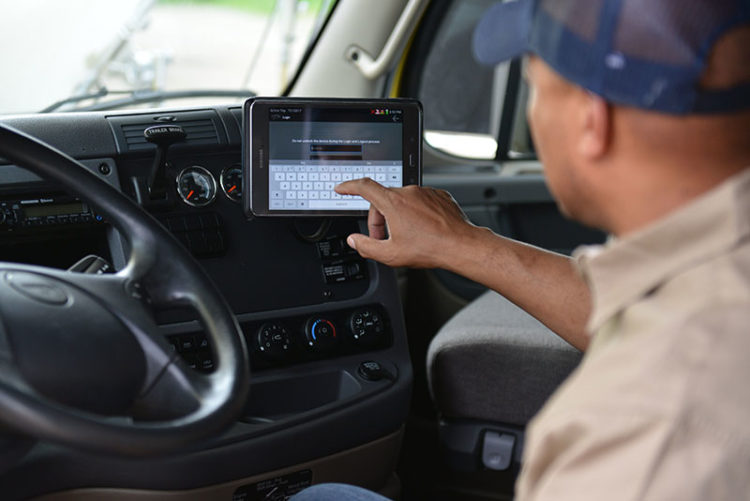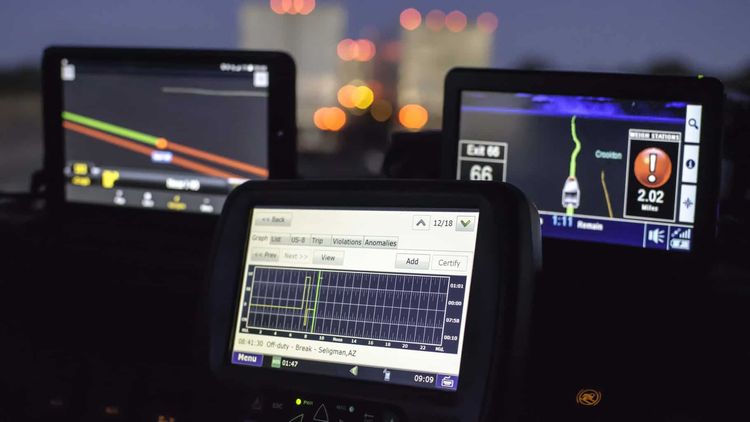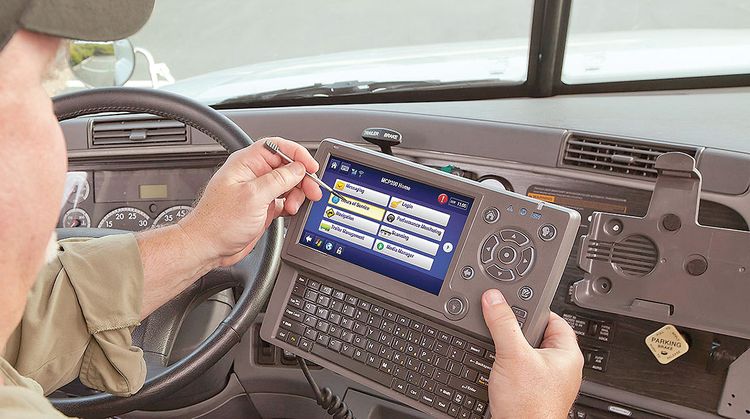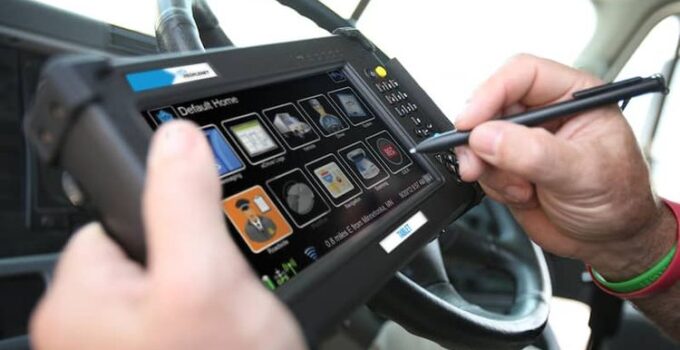Since we have been introduced with ELDs, which is short for Electronic Logging Device, driving cars on long distances became much better, especially for companies. The reason is that this electronic hardware is used to track and record driving hours.
Maybe you didn’t know but driving hours of commercial drivers are usually regulated by a set of laws, which are known as “Driver’s Working Hours” in Europe, or “Hours of Service” in the United States. This is where ELDs are coming to the stage.
They have the task of monitoring a vehicle’s engine in order to see how much the vehicle was running. In this category, they are tracking the miles driven, for how long engine worked and was the engine even moving. This hardware usually has GPS tracking and e-longing, which are options that are going to provide you with all of the information needed about a particular vehicle.

source:bestelddevices.com
If you are wondering which ELDs are the best ones out there, you need to make sure to check out the Keeptruckin ELD review on bestelddevices.com. This website will provide you with all of the essential information you need to know about every ELD hardware out there. Maybe you didn’t know, but before ELDs EOBRs or paper logs were used for tracking information about the vehicles. The biggest setback of this technology was the consistency of data.
Naturally, as the overall technology is moving forward, ELDs were invented to fix that crack that represented a serious problem for some of the companies. The final decision that made ELDs number one when it comes to tracking important data about commercial vehicles was established on the 18th of December 2018.
The question is, do you know how to use ELDs? We’ve decided to write a small guide that will provide you with all of the essential information that is needed for using this hardware. Without wasting too much of your precious time, we would like to provide you with what we’ve compiled now.
Page Contents
How Does an ELD Work?

source:schroedersteering.com
ELDs work by being attached to the commercial vehicle in order to track and record all of the movements of the vehicle. This piece of hardware automatically records all of the activities that were done by the vehicle throughout a particular day, month, or year. Among other information that is tracked by the ELD, we have power and ignition status, location, engine hours, vehicle’s movement, and the overall number of miles driven in different states and jurisdictions.
Types of ELDs
As you can presume there are so many different variations of ELDs. However, we can say that when we narrow it down, there are two of them who are the most important ones.
BYOD (Bring Your Own Device)
BYODs are ELDs that are the most prevalent e-log devices in the US market. These are e-logs that are installed on tablets or smartphones of drivers, which eliminates the need for other types of ELDs.
Dedicated Units

source:freightwaves.com
Dedicated units primarily comprise of an older type of e-logs, known as EOBRs or AOBRDs. These are units that are coming in a single package and it is connected to the ECM by a plug and a cable. This was the reason they were named dedicated. When it comes to the storage of data, we have a combination of cloud storage, back-office servers, the device. In order to track all of the functions of the vehicle, they are using GPS functions and cellular networks.
The Cost of ELDs
E-logging devices’ price is ranging between $165 and $832. However, the most popular device has a price of $495 per vehicle.
What are the Benefits of the ELD Rule?

source:ttnews.com
Looks like business-owners are provided with countless benefits with the adoption of ELD rule. We can say that there is a wide array of benefits that we now have. This array is ranging from increased safety, productivity to compliance, paperwork savings, higher productivity, etc. We would like to talk about it in greater detail.
No More Manual Paperwork
Probably the most important benefit of ELD rule is that literally, a ton of manual paperwork is going to be diminished. Just think about it, drivers are not going to spend so much time filling all of the paperwork that was needed before the adoption of the rule. This leaves more time for driving. At the same time, profits, efficiency, and productivity are improved.
Improves Safety and Efficiency
If you talk to drivers and business-owners you will see that ELDs are doing wonders when it comes to safety on roads. For example, fleet managers are going to have all the information about the vehicle’s activities and the management will be much easier than it was before that. At the same time, drivers are going to be much safer in case something goes wrong, because fleet managers are going to have an insight into a location of the vehicle at all times.
Tips for E-logs
We truly feel that E-Logs are the way to good habits. We’ve decided to put together a few tips common for e-log use, that will help you.
- Proper trip planning
- Updating the load when you pick up a new load
- Log any border crossing
- Getting used to changing the status immediately
The Conclusion
We’ve provided you with all of the essential information that you need to know about ELDs. As you now know, they became an essential part of every business that has commercial vehicles as a part of its services. It doesn’t matter if we are talking about trucks, limousines, or simpler vehicles. We hope that you will find our article helpful and that it will have a say in your future decision whether you should have these installed in your vehicles. You can be sure that it will help your business very much.





